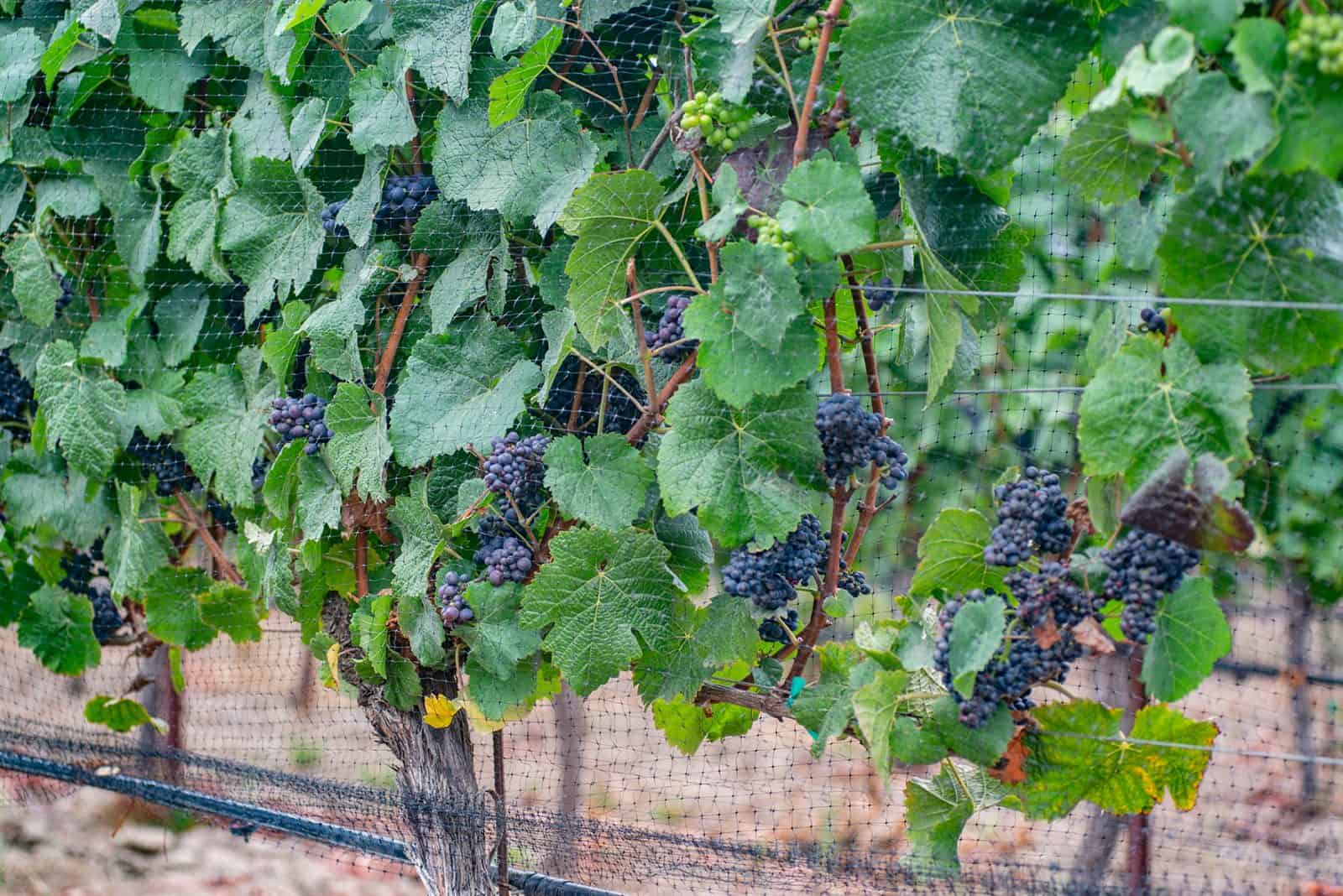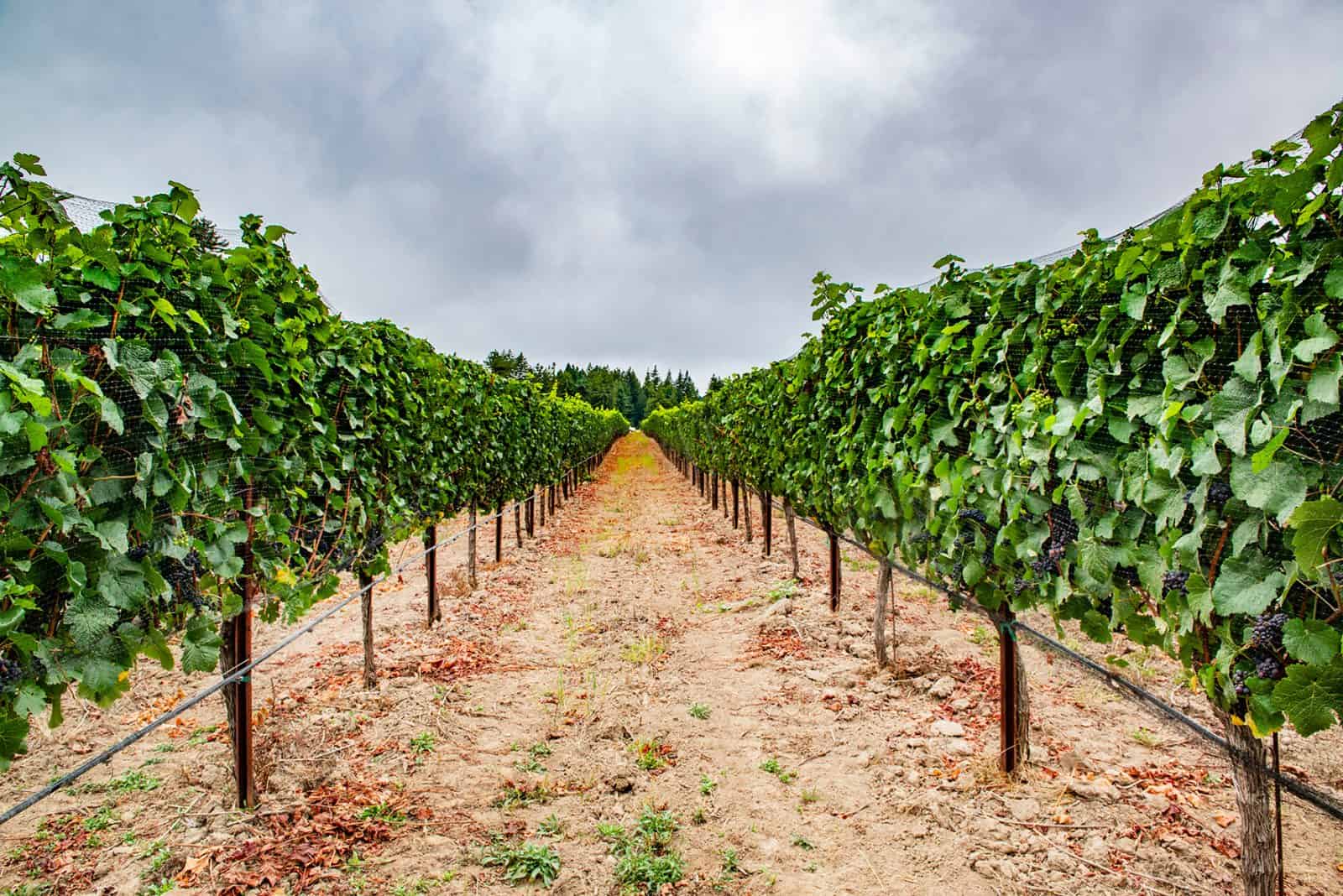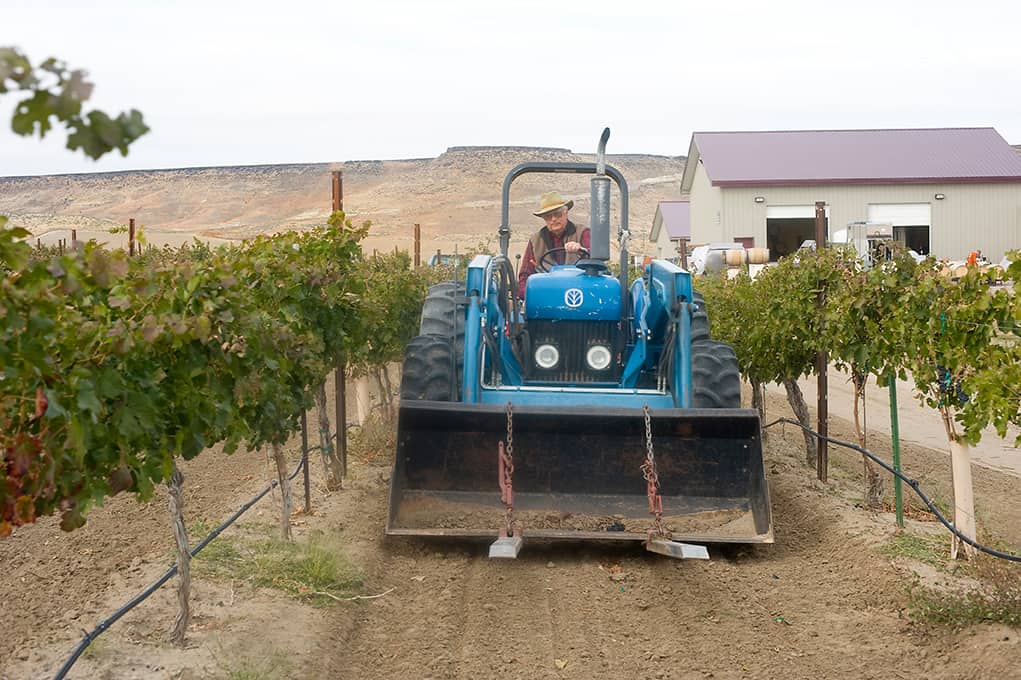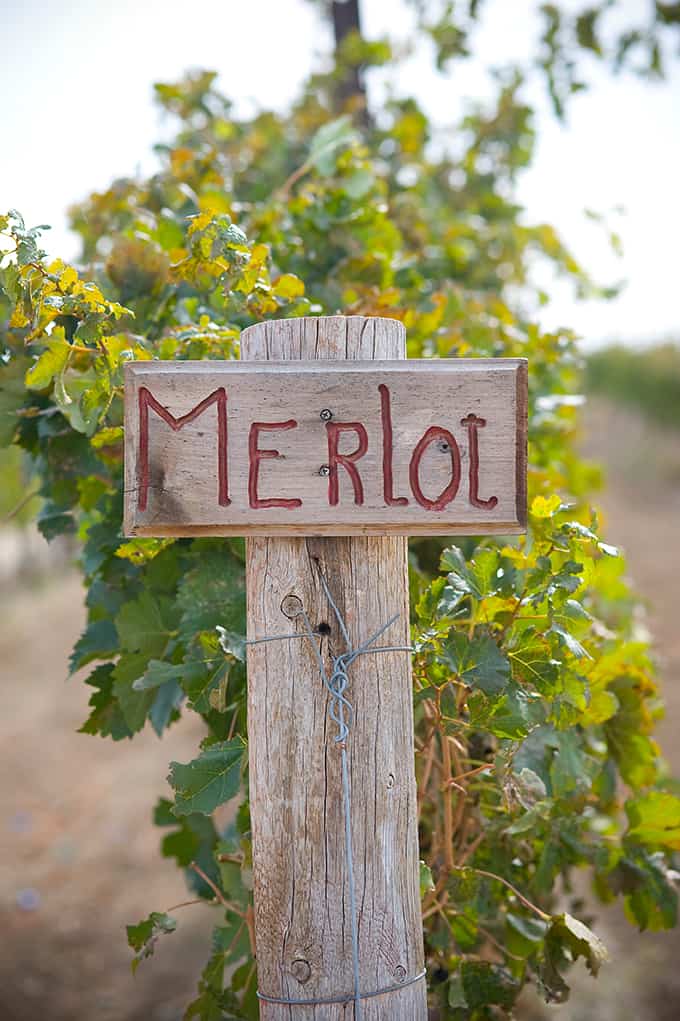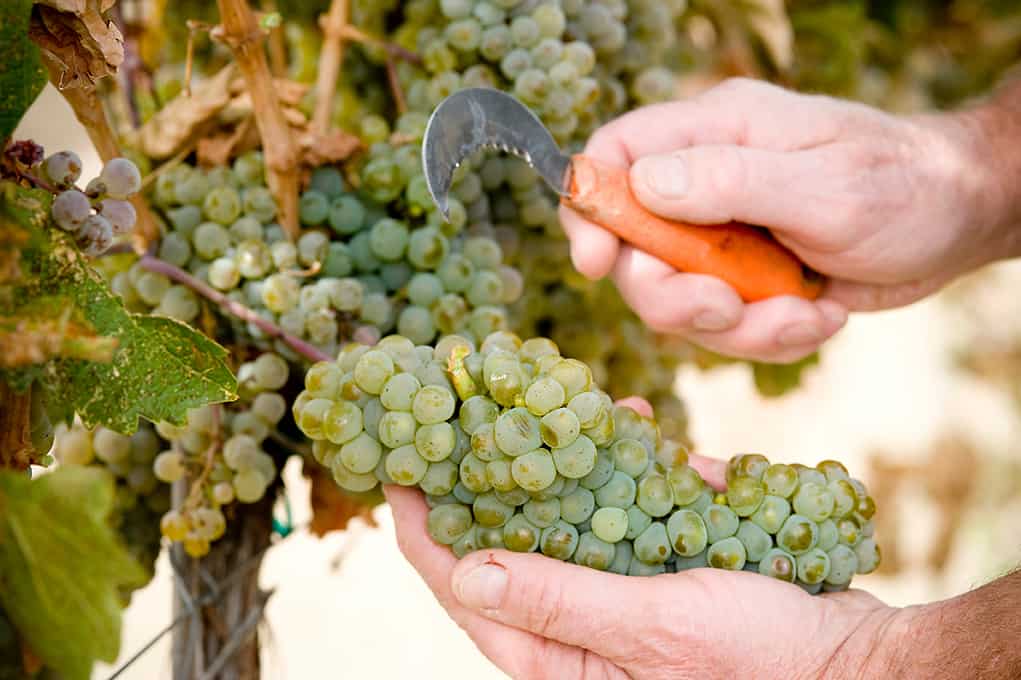By Deb Barracato // Photography by Paulette Phlipot
—
Robert Louis Stevenson famously called wine “bottled poetry,” an apt metaphor given the intensity with which people approach the subject of fermented grape juice. To some, wine is one of life’s great joys, a daily panacea for the soul. To others, it’s nothing more than an elitist beverage. By some accounts, it’s a superfood. By others, it’s poison. It’s been credited for the French paradox and blamed for breast cancer. But the truth, as it so often does, lies somewhere between those extremes.
For at least 8,000 years, people have consumed wine therapeutically, ceremonially, drunkenly, and sometimes just as an alternative to dirty water in crowded cities. As far back as ancient Egypt, wine served as medicine, used to treat everything from acne to stomach ailments to herpes. It was even a common anesthesia during childbirth. In the late 1980s, the American media started publishing reports extolling the health benefits of wine. And in the years since, it has been credited with everything from improving cholesterol to halting the progression of macular degeneration, cancer, dementia, Alzheimer’s, and obesity.
Red wine hogs the spotlight in discussions of healthy tippling, with the resveratrol in the grape skins—which give red wine its color—capturing much of the attention. Some studies show that resveratrol, part of a group of compounds called polyphenols, acts as an antioxidant, protecting cells from free radicals, reducing inflammation, and lowering bad cholesterol. It may also contain prebiotics that can strengthen beneficial gut bacteria, the latest buzz in the quest for healthy living.
But many of those health claims rely on anecdotal evidence, and even the scientific studies draw criticism. For every positive finding, another report contradicts it. Some critics of the research argue that the amount of wine a person would need to consume to gain any significant health effect would negate any benefit from drinking it.
The Centers for Disease Control and Prevention has long advised against excessive consumption of alcohol, but more recent guidelines caution against even moderate drinking, usually defined as one twelve-ounce beer, five-ounce glass of wine, or one-and-a-half-ounce pour of liquor a day for women and two a day for men.
To Drink or Not to Drink?
As a consumer, it can be hard to sift through the conflicting information. But Tanya Mark, nutritionist and healthy lifestyles coach in Jackson, simplifies it: “If you don’t drink, you shouldn’t start drinking wine thinking it’s a health food.”
She cautions against getting bogged down with too many facts. She tells her clients to consider wine as a food choice. Like many food choices, it may be fine for some in moderation, but not for others.
“Eating is supposed to be one of life’s greatest pleasures,” she says. “It’s fine to enjoy a glass of wine with dinner.” But on an individual level, she wants her clients to approach the choice intuitively. Do they feel good when they drink it? Or do they get a headache, stuffy nose, or intestinal distress?
Wine, especially red, can cause allergic-type reactions in some people. Sulfites—compounds that occur naturally in wine but may also be added in small supplemental amounts as a preservative—often take the rap, even though the Food and Drug Administration estimates that less than 1 percent of the U.S. population truly suffers from a sulfite sensitivity. But because wines containing more than 10 parts per million of sulfites are required to include “Contains Sulfites” on the label, they’re an easy scapegoat for any ill effects. For perspective, natural and added sulfites can also be found—often in much greater amounts—in beer and cocktail mixes, commercial baked goods, pickled and fermented products, and dried fruit and fruit juices.
What You See Isn’t Always What You Get
For all the awareness around food production, with people seeking out organic vegetables, free-range meat, and sustainable wild-caught fish, U.S. consumers remain surprisingly in the dark about what’s in a bottle of wine. Grapes and yeast, of course, but there could also be any of dozens of FDA-allowed additives, including stabilizers, flavor enhancers, and artificial colorings, that could cause adverse reactions in unsuspecting consumers. Yet beyond the varietal, only the alcohol percentage and added sulfites must be listed on the label.
Vegans may unknowingly purchase a product that temporarily contained egg whites, gelatin, or other animal-derived ingredients during the fining process, a method of refinement. Egg whites attract tannins, for example, allowing a winemaker to extract them and control the astringency of the finished product. People with food allergies similarly cannot rely on labels to help them determine the safety of a particular wine, which could contain traces of common allergens such as casein, the protein found in milk, gluten from wheat products, or shellfish, the primary ingredient in a finishing agent used to improve clarity in white wine.
On top of that, independent testing has shown that wines produced in the U.S. overwhelmingly contain at least traces of known synthetic fertilizers and chemical pesticides, even some of those certified as organic or biodynamic, a likely result of unintended cross contamination from neighboring vineyards or farms.
DRY FARMING: A “dry-farmed wine” refers to a wine produced with farming methods that rely only on natural rainfall, without the use of supplemental irrigation.
According to the International Organization of Wine and Vine, Americans drink the equivalent of more than 4 billion bottles of wine each year, meaning there’s a lot of mass-produced wine on the table. High-volume operations are as likely to employ food chemists as they are a vintner. But it’s not just the inexpensive bottles like “Two-Buck Chuck” or the bargain boxes on the grocery store shelves that contain uncertain cocktails of ingredients. Respected producers selling $100 bottles use additives to manipulate the flavor of their wines. The adjustments may be minimal or they may result in a product akin to manufactured snack foods like Doritos, but without labeling requirements it can be hard to tell.
John Koenig, a level two sommelier who works at Warbirds Restaurant in Driggs and a distributor for Purveyor of Wines, based in Teton Valley, explains that winemakers have traditionally used various techniques and ingredients to remove impurities, enhance the flavor or aroma, balance acidity, and control the amount of alcohol in their wine. As the industry has grown, the prevalence of factory-produced wine, which takes the science of oenology out of the field and into the lab, has increased to meet consumer demand, both in terms of supply and taste preferences. This “fortified grape juice,” as Koenig refers to it, may even contain distilled spirits.
Decoding the Marketing Jargon
Although wine labels contain minimal information, Koenig says consumers can look for certain details to get a better idea of production methods. In very broad terms, he says, single varietals offer a better chance for quality. Closer inspection of a label can reveal the geographic origin, the actual vineyard, and in some cases even the specific section where the grapes were grown. Winemakers who go to that level of detail tend to operate on a more sustainable production model, he says, limiting the use of chemicals that could affect the resulting flavor of their wine.
European appellation designations such as the French AOP (Appellation d’Origine Protégée) or Italian DOC (Denominazione di Origine Controllata) indicate that the grapes were grown and the wine was produced in accordance to strict regional standards. However, Koenig says, the American designation AVA (American Viticultural Area) tells consumers where the wine comes from, but is not a real distinction of quality.
It can be more difficult to identify organic or biodynamic wines. Certified producers can include that information on their labels, but many small operations that use sustainable methods without synthetic chemical interventions don’t have the means to obtain certification, which can be both costly and time-consuming. Natural winemakers take sustainable production a step further by eschewing any manipulation, including the introduction of commercial yeasts.
Dry-farmed wines, a more recent catchword creating buzz in the world of wine, refers to production relying only on natural annual rainfall, without the use of supplemental irrigation. Although a standard practice in many wine-producing regions of the world, it’s now being hyped in the U.S. as a healthier product. According to Koenig, the practice generally results in a better flavor and a better expression of terroir, as the grapevines dig deeper into the ground in search of water. “The harder a grapevine has to grow, the more flavor the grapes will extract from the soil,” he explains. But it’s just one element in the production process; a wine identified as “dry-farmed” does not necessarily mean it’s organic, natural, or without a slew of additives.
Consumer Advocates
Wine lovers may find the noise disheartening. But just as artisan food producers encourage connection between field and consumer, so do boutique vintners such as Anthony Schroth of Jackson Hole Winery. He literally does the groundwork for his customers, tromping through vineyards in California and Washington, asking probing questions about their farming practices, and tasting grapes right off the vine, to make sure he delivers the best possible product to his customers.
NATURAL WINE: Natural winemakers take sustainable production one step further by eschewing any product manipulation, including chemical interventions and the introduction of commercial yeasts.
“You have to have a passion for it or otherwise you just won’t do it,” he says, acknowledging that most small-scale producers, whether they’re making cheese or jam or wine, go about it with a quality mindset. “It’s a tremendous amount of work that takes constant care and attention. People who put that level of effort into [the process] are wanting to do it the right way.”
Some Teton region retailers try to help their customers identify choice wines with supplemental labels on the shelves. At Jackson Whole Grocer, beverage manager and wine buyer Mary Covert prominently displays a rotating selection of Earth-friendly wines. The lineup contains only organic, biodynamic, and sustainable brands personally selected as favorites by the staff, so she feels confident in recommending them.
Across the hill, Beau Jacoby of Barrels and Bins in Driggs works closely with a couple of distributers to source natural wines or those produced using only wild fermentation and no artificial intervention. Ryan McReynolds, owner of Bent Frenchman, a niche distribution company operating in Idaho, Wyoming, and Montana, finds many of the limited-production bottles Jacoby sells.
“‘Natural’ isn’t a standardized term, it’s an industry term,” McReynolds explains. But to him, it’s the purest and only true expression of the art of winemaking. He celebrates what he describes as the authentic flavor that results when a winemaker allows the alchemy of nature to craft the product.
Right now, natural wine accounts for less than 1 percent of the worldwide supply, he says, partly because a lack of understanding on the part of the consumer limits demand.
Just as one peach may taste sweeter or more floral than another, or one chili may deliver a much hotter bite than another of the exact same variety, wine produced naturally varies in flavor. This makes it a harder sell to consumers conditioned by a McDonald’s culture to expect consistency from vintage to vintage or bottle to bottle, McReynolds says. Mass-produced wines, on the other hand, offer that consistency, but at the expense of quality and purity.
Still, he expresses confidence that with exposure and education, consumers will start to come around. And Covert thinks growing awareness among consumers will force more transparency from producers. When that happens, all of the small players—the boutique winemakers, the distributors and retailers who accept accountability for the products they sell, and the consumers who hold the most power to change the industry—stand to win.

